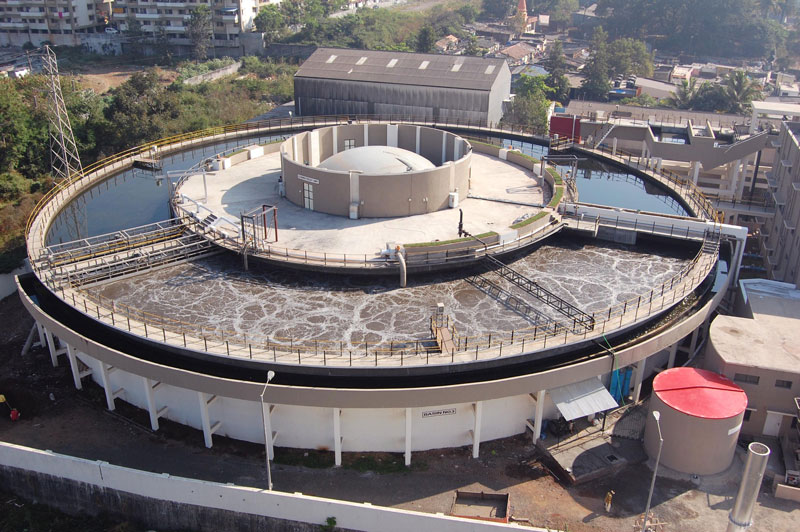Sewage Treatment Plant Chemical (STP Chemical)
As already stated, the sewage treatment plant receives raw domestic sewage and some industrial effluent which contains many toxic chemicals. The most common is ammonia (NH3), which is usually found in very high concentrations. The levels of toxic substances is significantly increased by the anaerobic conditions (covered later) in the network of pipes transporting the raw sewage to the plant. The plant carries out the necessary treatment process to produce water which is safe for direct discharge into the river or sea.
The basis of sewage treatment in the vast majority of treatment plants is enhanced natural biological action and rarely, chemical treatment. By providing optimum conditions, raw sewage is broken down to non-toxic substances by the action of micro-organisms. Chemical treatment is both expensive and impractical for most applications, due to the large volumes and relativity large dilutions involved. Normally it is only considered when dealing with industrial effluents in high concentrations.
Sewage Treatment Process
There are four main stages of treatment in a typical sewage treatment plant, but the design or layout can vary from site to site. These plants are categorised into one of three types, based on the method of secondary treatment, i.e. Biological Filter, Activated Sludge, and Pasveer Ditch.

